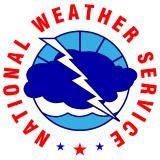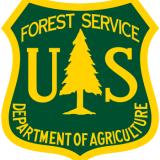Southeast Climate Monthly Webinar: September 26, 2023
Temperatures were above average across most of the Southeast region; many locations in Florida recorded their warmest summer on record. Precipitation was below average across most of the region, except in places affected by tropical cyclones. Some locations in the Caribbean have received less than half of their expected rainfall since the start of the year. Drought conditions emerged across northwest Florida and intensified across southern Alabama and the Shenandoah Valley of Virginia. Drought has also intensified in the U.S. Virgin Islands. Hurricane Idalia alleviated dryness across eastern portions of the Carolinas. The 28-day USGS streamflows are mostly near normal across the Southeast with some pockets of above and below normal. Hurricane Idalia caused significant damage to agriculture, especially infrastructure, pecans, and vegetables.
Looking Ahead: El Niño conditions are expected to persist through the Northern Hemisphere winter with a 71% chance of a strong event, which may lead to more precipitation in the Southeast based on previous events. Over the next two weeks, warm and dry conditions are expected across much of the region. Warm weather is expected across the southern half of the region during weeks 3 and 4, with equal chances of above- and below-average precipitation. Streamflows typically are heading into their autumn low period. River flood risk is forecast to be near normal for autumn (October–November), but there is increased risk for higher flows and flooding heading into the winter (December). Farmers are finishing harvest of corn and summer vegetables and preparing for fall and winter crops, keeping an eye on potential for frost in northern areas.
Check out this month’s special presentation, “Climate-Driven Changes in Prescribed Fire in the Southeastern U.S.” from Megan Johnson at the U.S. Forest Service.
About This Webinar
The Southeast Climate monthly webinar series is hosted by the Southeast Regional Climate Center, the National Integrated Drought Information System (NIDIS), and the NOAA National Weather Service. These webinars provide the region with timely information on current and developing climate conditions such as drought, floods, and tropical storms, as well as climatic events like El Niño and La Niña. Speakers may also discuss the impacts of these conditions on topics such as agriculture production, water resources, wildfires, and ecosystems







